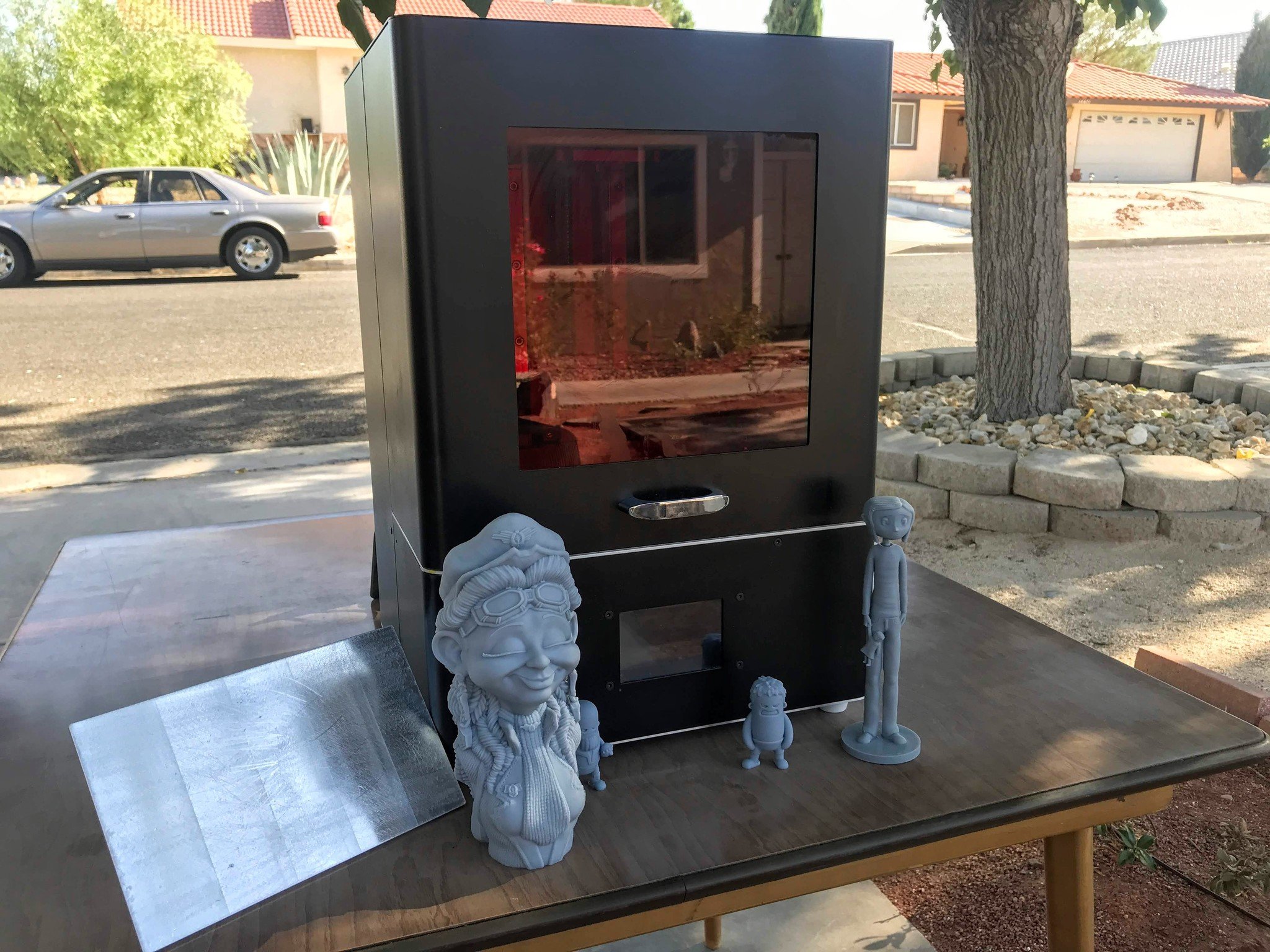
While hobbyists have enjoyed FDM 3D printing for a long time, it's only recently that resin printing — DLP printers typically, the ones that use UV light — has become as accessible to the masses. With build areas of around 115 x 65 x 155 mm, all of the recent cheap DLP printers are great for small prints but not much else.
The Phrozen Shuffle XL offers the same detail you get from these smaller printers but with a build area that is nearly double the usable space. You can use that space to print a lot of fantastic stuff, from full-size mechanical pieces to extra large models and sculptures. The big question is if the price is worth the extra space.
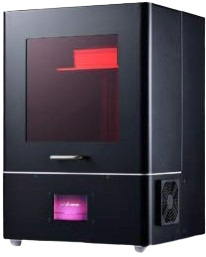
$1,300Bottom line: The Phrozen Shuffle XL has a lot to recommend it. The print quality is fantastic, and the build area gives you a lot of scope to do amazing things.
For
- A huge build area
- Fast print times
- Superb print quality
- Internet connectivity
Against
- It's a little pricey
- You need some extra accessories
What you'll love about the Phrozen Shuffle XL
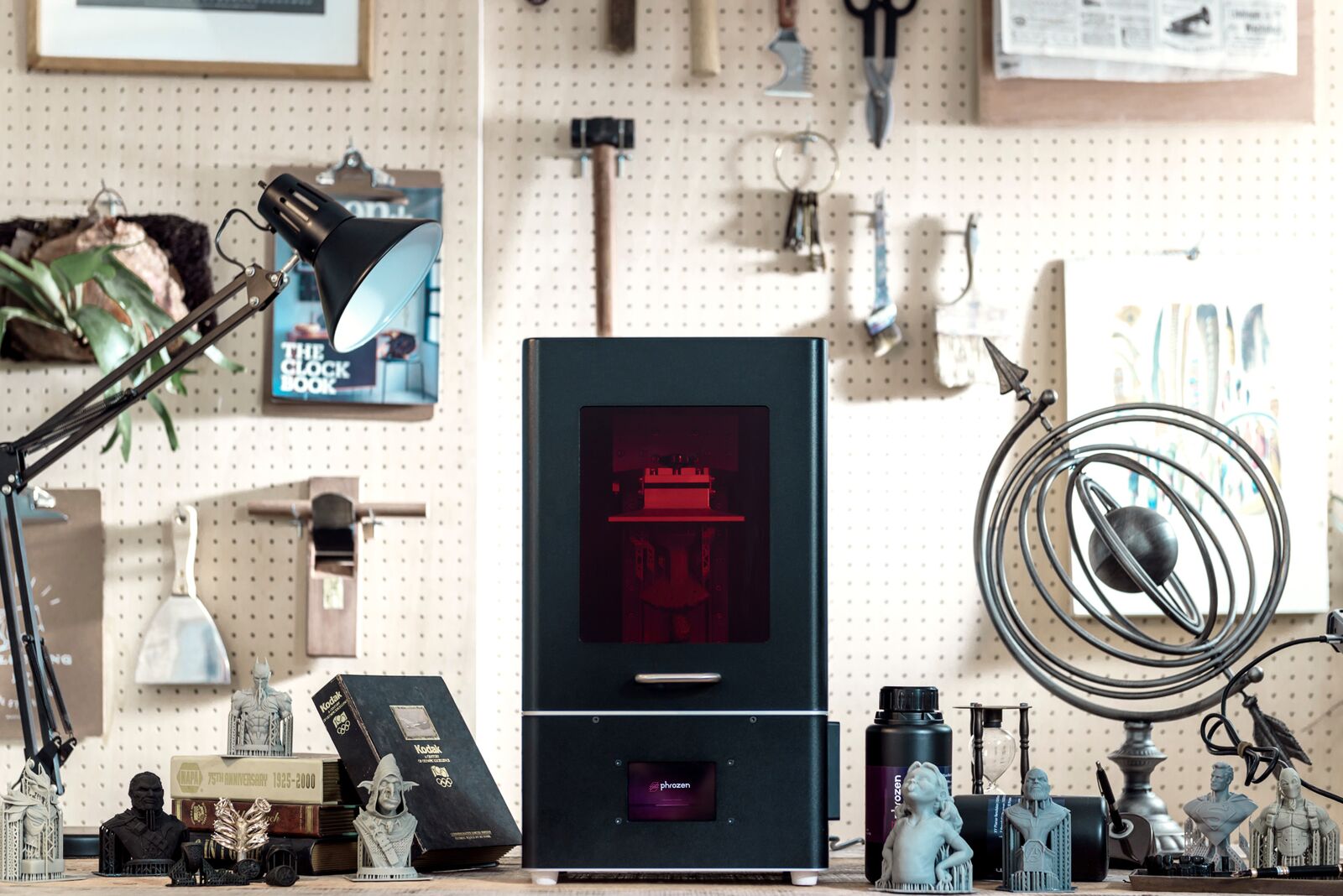
For a printer with an LCD the size of an iPad, you would be forgiven for worrying about the model quality. After all, the pixel density on the Phrozen is considerably less than something like the Elegoo MARS. There is no need to worry, though; the Phrozen XL is every bit as crisp and detailed as it's small counterparts.
The Phrozen uses something called a "ParaLED Optical Engine," which helps to keep the resolution high, and you can tell in every print that it far exceeds expectations. When you look at the Cheerful Pilot it's hard to know that the model is 3D printed, it could easily pass for an injection-molded piece. The mini Avengers by Wekster do show some layer lines, but I printed them at 50 percent their standard size at 0.5mm layer height, so it was inevitable. The layer lines are still almost invisible, regardless of the size of the model. It's very impressive.
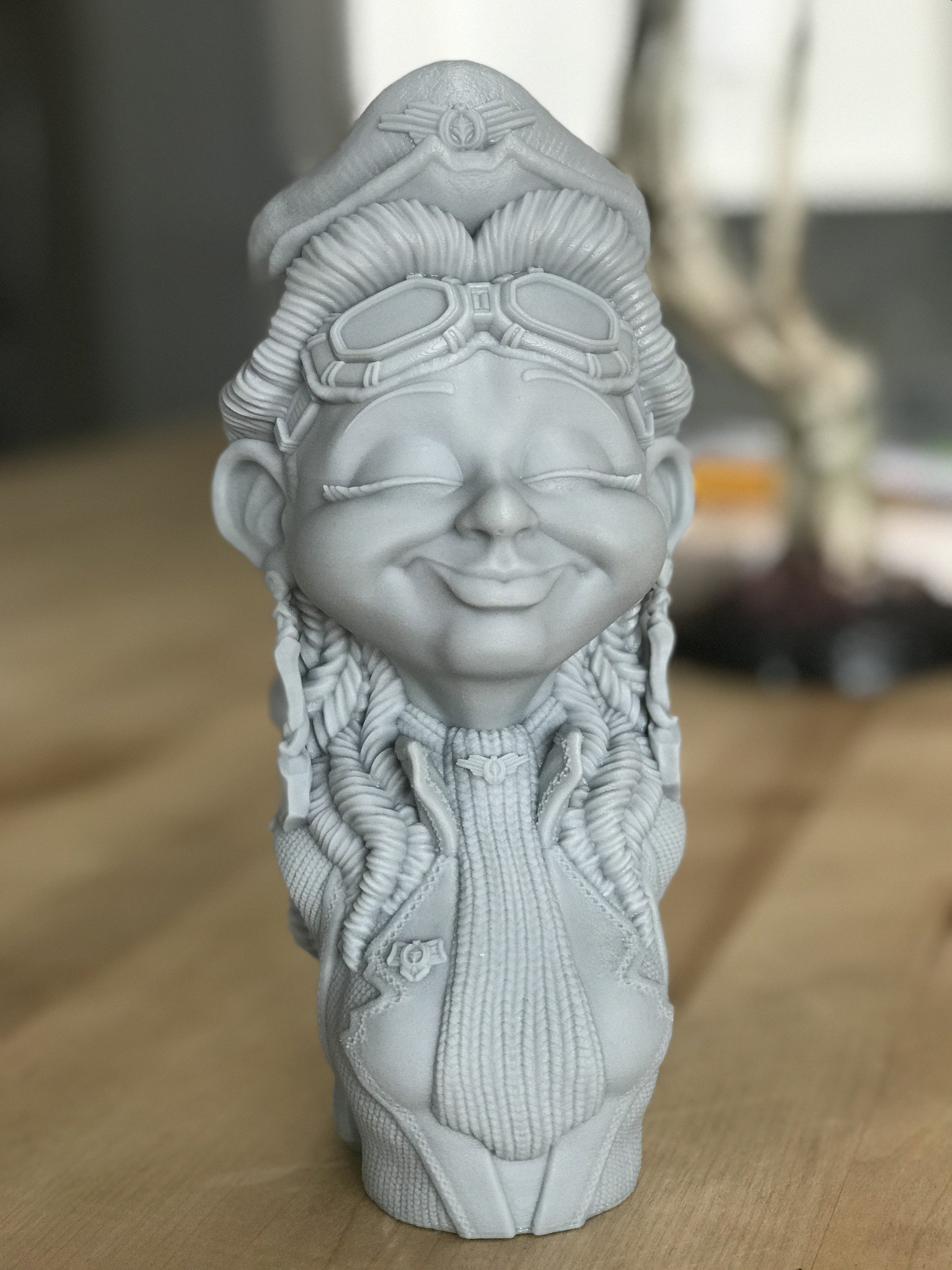
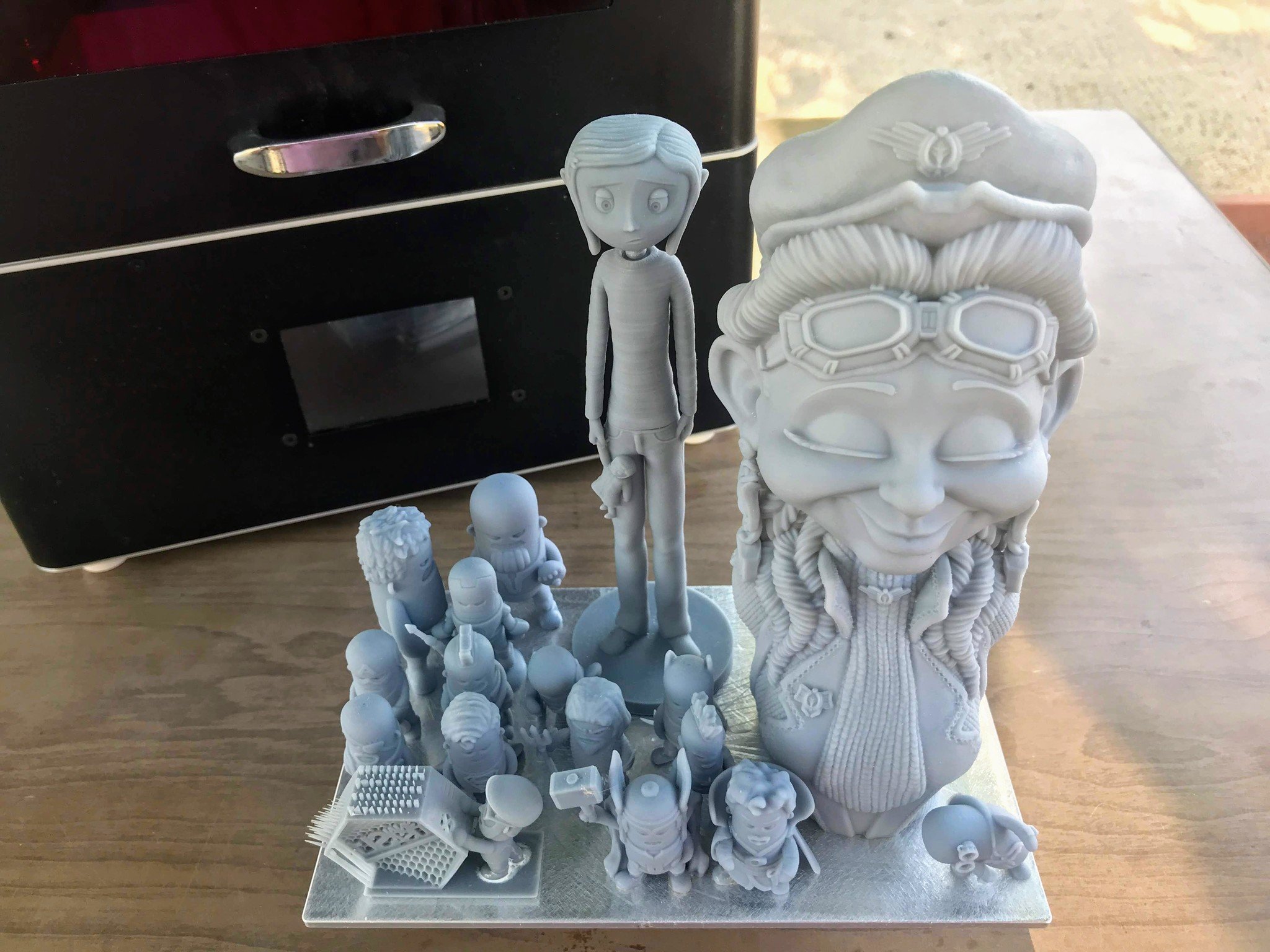
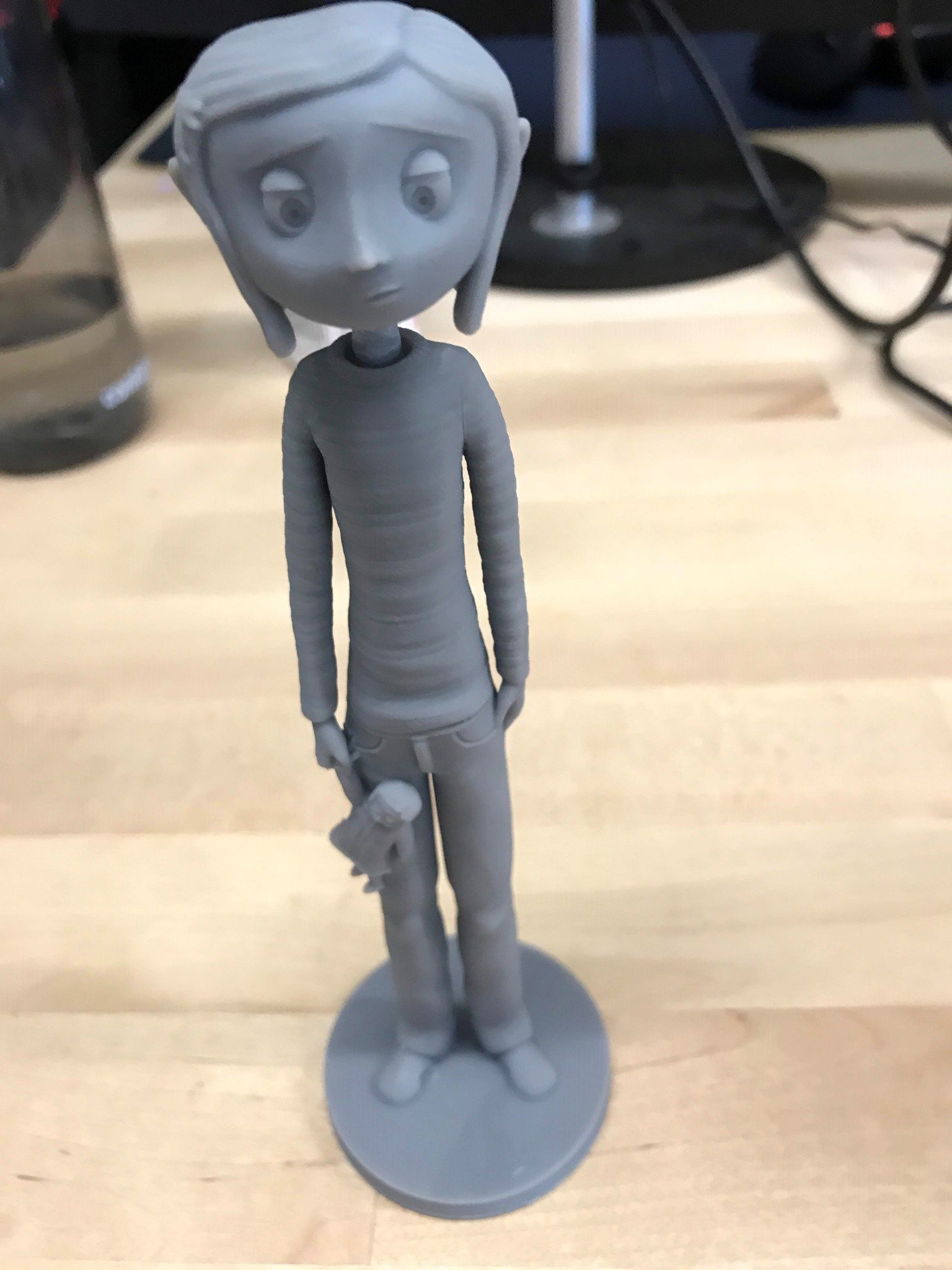
The biggest draw to the Shuffle XL is the build area though, it's nearly three times bigger than the MARS and allows you to create far larger models than ever before. I was able to fit a full-face mask — 5.5 inches x 8 inches — on to the build plate, and though I wouldn't be happy putting a resin mask on my face, that's still a feat.
| Category | Spec |
|---|---|
| 3D Printer type | DLP/Resin |
| Build area | 190 x 120 x 200 mm |
| Print speed | 30mm per hour |
| XY Resolution | 75 µm (0.075mm) |
| Z Resolution | 10 µm (0.01mm) |
| Input type | USB and ethernet |
Being able to print full-size cosplay pieces that you can then cast it in a safer, more flexible material is a big selling point, especially at the level of detail that the Shuffle can produce. Now, you can do this with a standard FDM printer for sure, but with materials like PLA, you will need to sand the part for hours to get the same level of finish that you get straight out of the Shuffle XL.
If making big stuff isn't your thing, the Shuffle XL is also very helpful for multiple prints. On an FDM printer, the number of parts you print and the amount of time it takes is relative; the more pieces, the more time it will take. On resin printers, that relationship doesn't exist because the entire layer is cured at the same time. This means whether you are printing one chess pawn or all 16, it will take the same amount of time.
This is even better on the Shuffle XL as you can load an entire chess set on to the build plate, and it will take the same amount of time as if you had printed just one pawn. If you are looking to create a print farm, then this is a great way to start.
If you are thinking about creating a farm, you may want to use the built-in ethernet function to help monitor your printer as you work, or if you have a Wi-Fi dongle hanging around, you can use one of the spare USB slots in the back and connect the Shuffle to your wireless network. This is especially helpful for a hobbyist who might not have a router or ethernet connection in their workshop/garage.
What you'll dislike about the Phrozen Shuffle XL
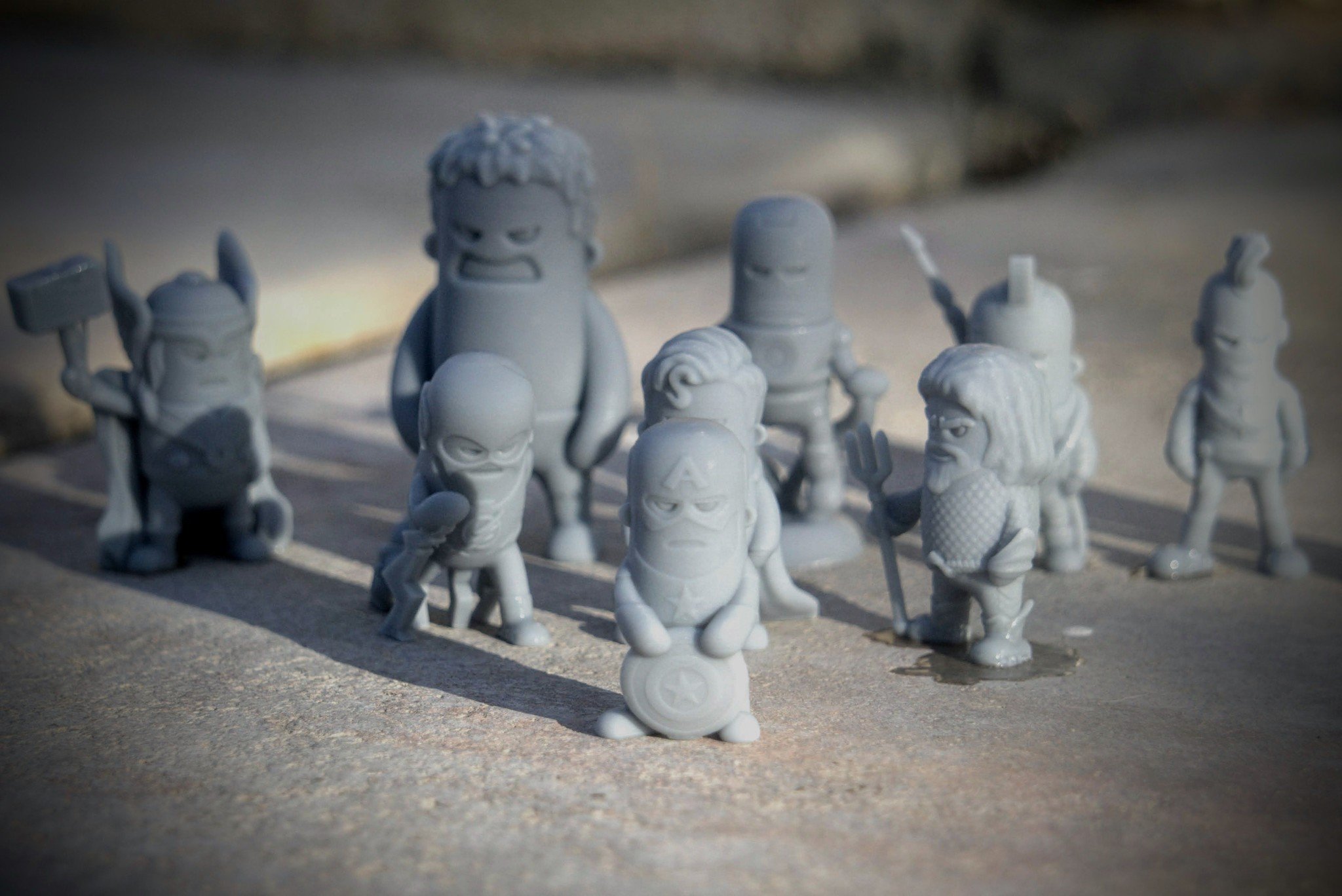
The only thing to dislike about the Phrozen Shuffle XL is the cost. At $1,300 the Phrozen is at the high-end for a hobbyist, but still half the price of a Formlabs Form 2. It is possible to get smaller resin printers for around $300, and the Shuffle has three times the build volume, so $1,300 isn't too much of a stretch.
There are a lot of accessories you will need with any resin printer, though, so if you are coming from FDM printing, you may want to consider those costs when you buy. The resin is around the same price as filament, but you will need a lot more safety equipment as well as resin curing stations to help you get the best results.
More: Must-have 3D printing accessories for use with resin printers
There aren't a lot of other problems with the Shuffle XL that a little patience and know-how won't overcome. The UI isn't incredibly intuitive, but if you read the setup manual, you shouldn't have any trouble. The only thing to remember is you have to load your models from the USB onto the "plates" of the shuffle before you can print them. It's roundabout but works fine.
So should you buy the Phrozen Shuffle XL?
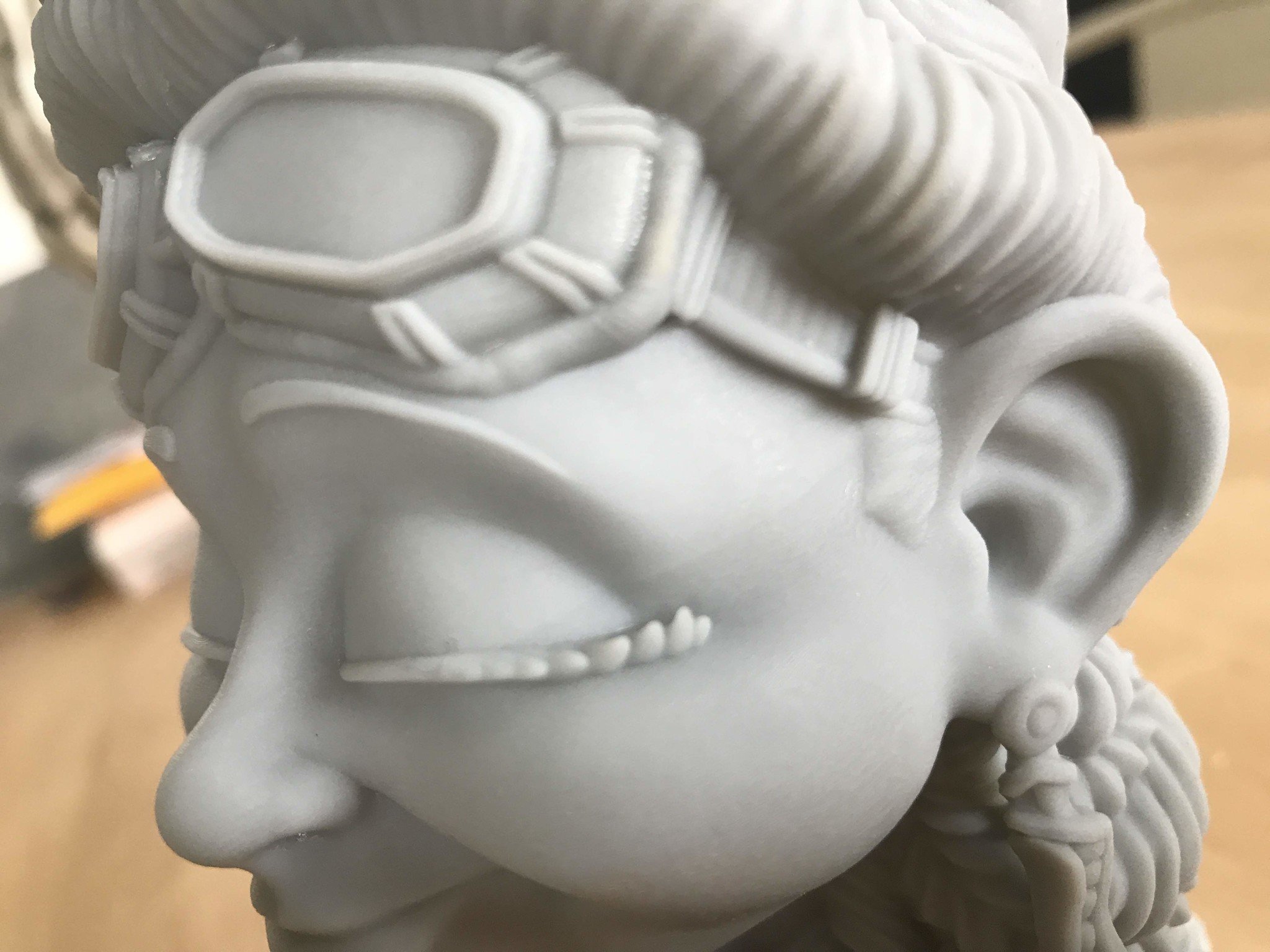
I have had a lot of fun with the Phrozen Shuffle XL, trying to push the limits of what I thought I could do with resin. It turns out the printer's biggest strength is the sheer size of the thing. I have been able to print huge amounts of models all in one go — all those Avengers minis were printed at the same time — as well as much larger models than I would have been able to before.
The cheerful pilot model may be my favorite from now on, and you can see in the pictures that all of the details are pin sharp. It doesn't matter that I printed her at 240 percent; she still looks immaculate.
If you are looking to print large models or multiple models, then the Shuffle XL is an excellent printer for you. If you have used resin 3D printers before you will know the extra costs involved, and if you are new to it, then make sure you familiarize yourself with them.
And always be safe. Resin printing is far more dangerous than FDM printing, so don't go into this blind. The Shuffle Xl is worth your time to get right, though. It's a work of art.
James built his first PC when he was 13 and has never looked back. He can be found on Windows Central, usually in the corner where all the 3D printers are, or huddled around the Xbox playing the latest games.
